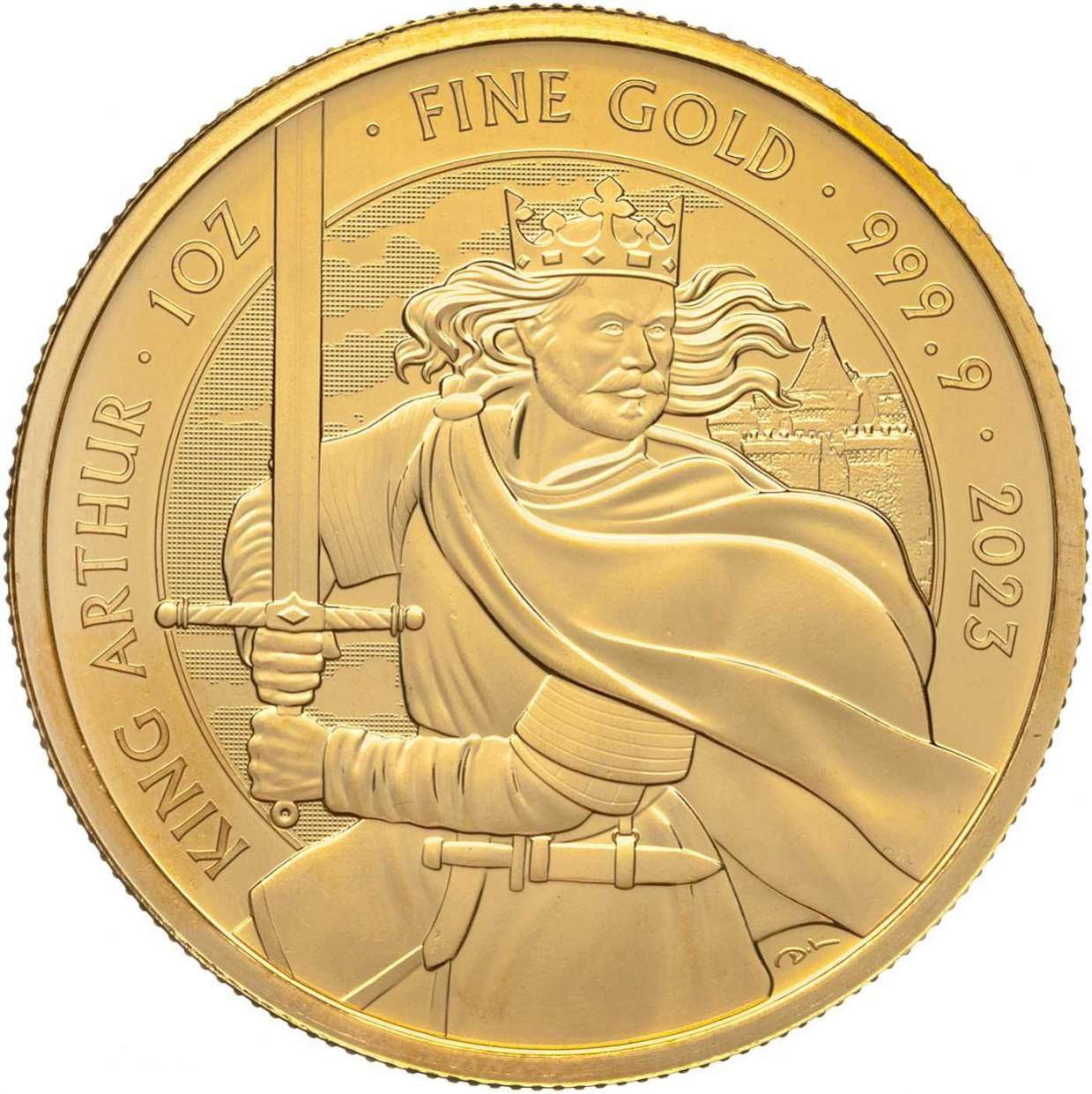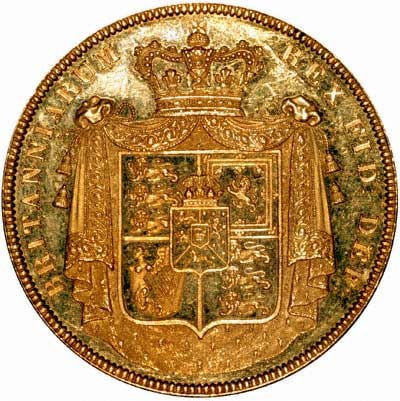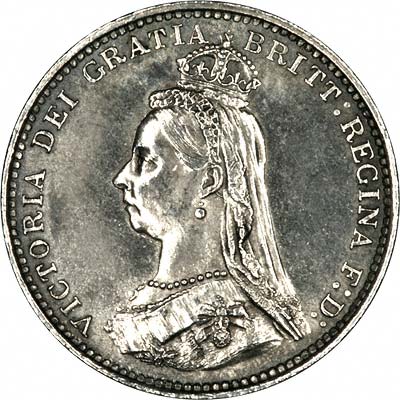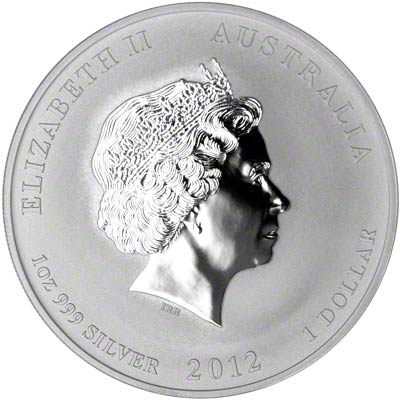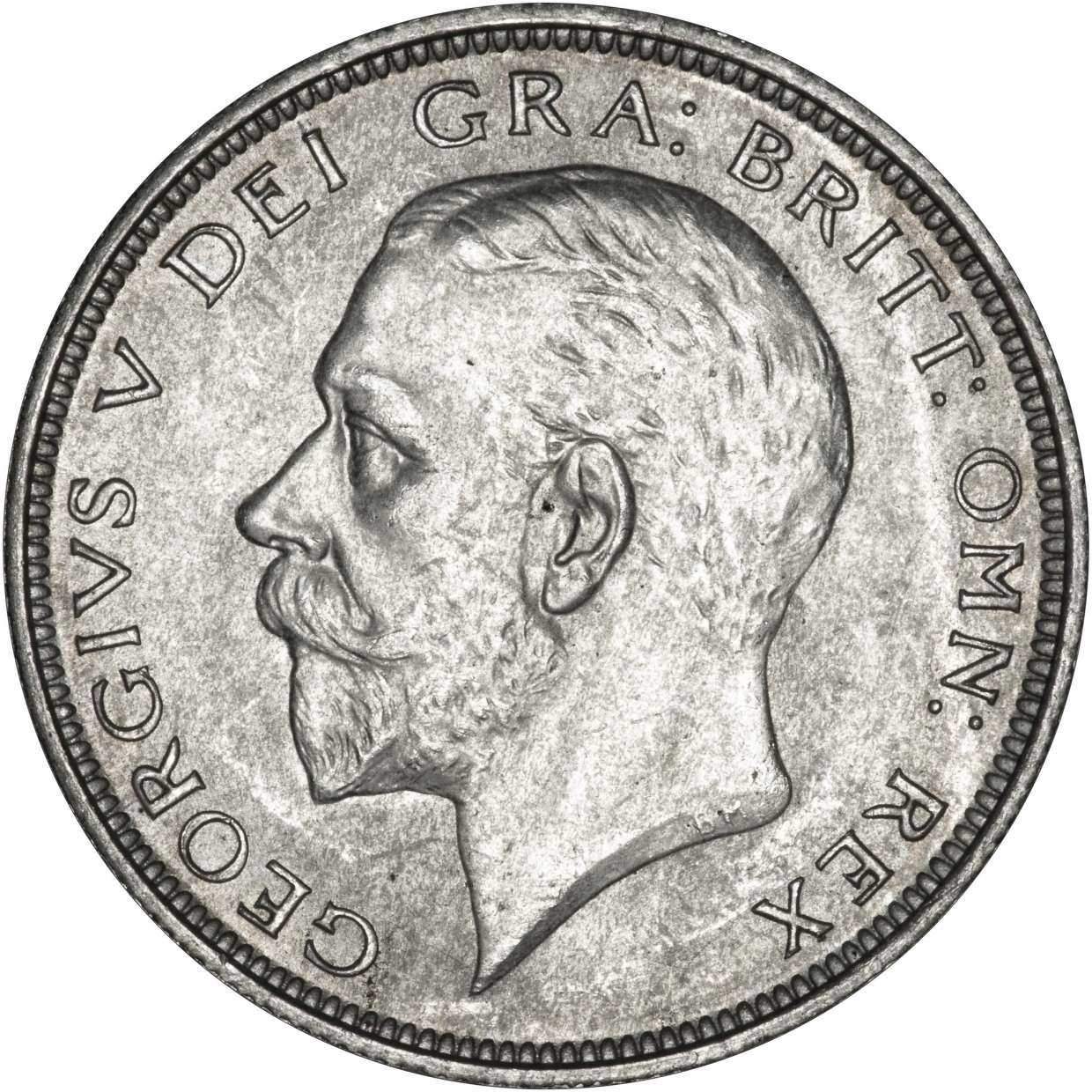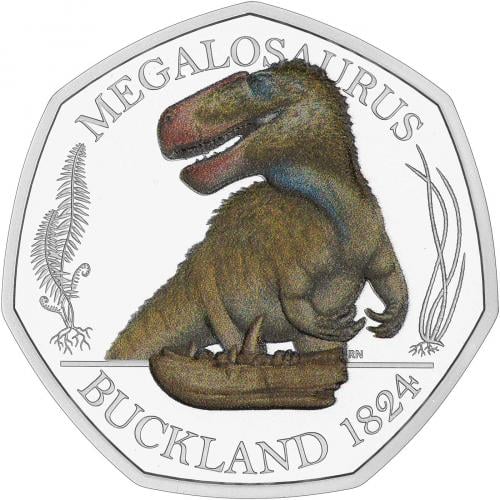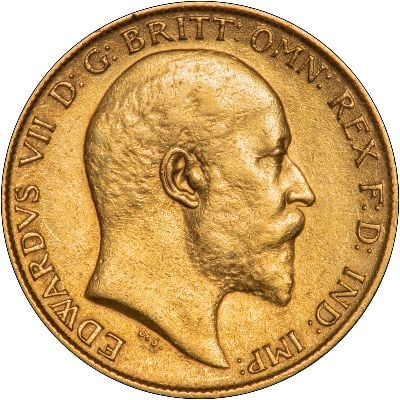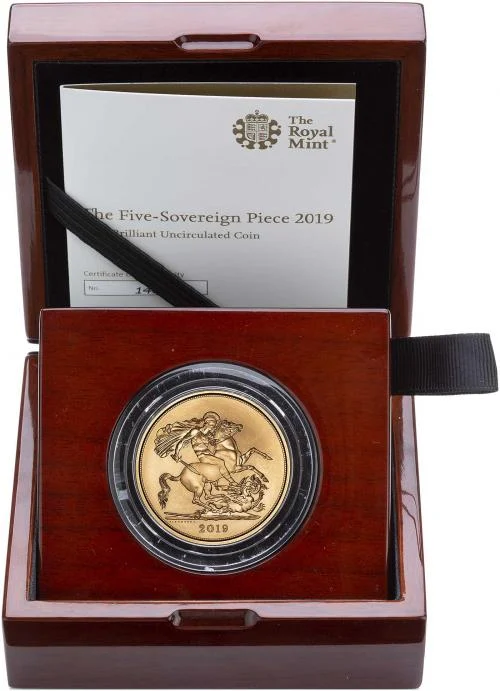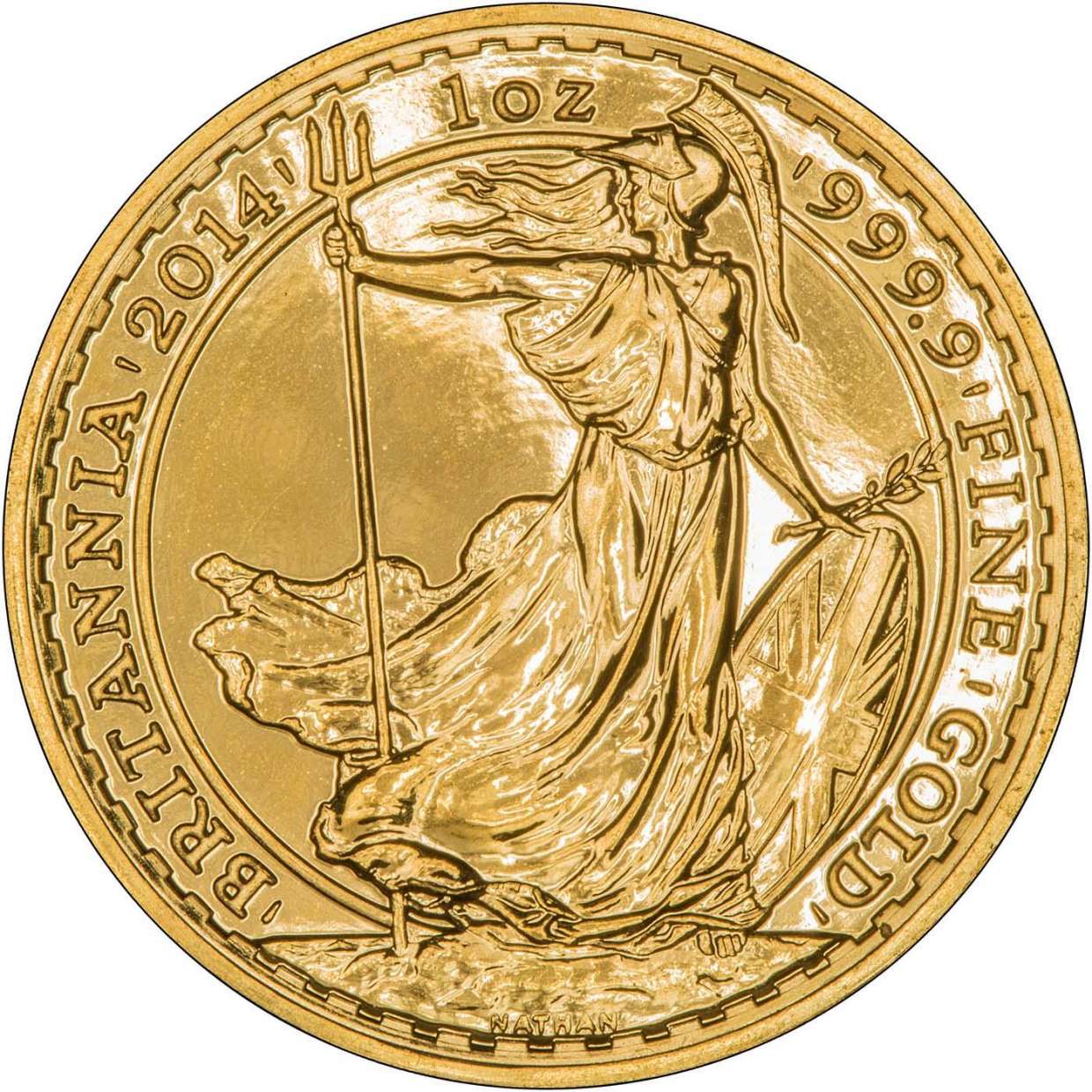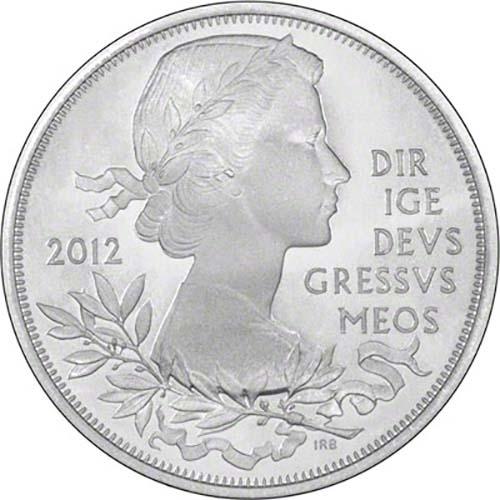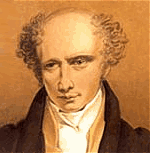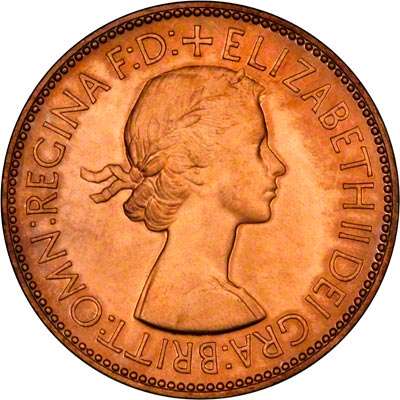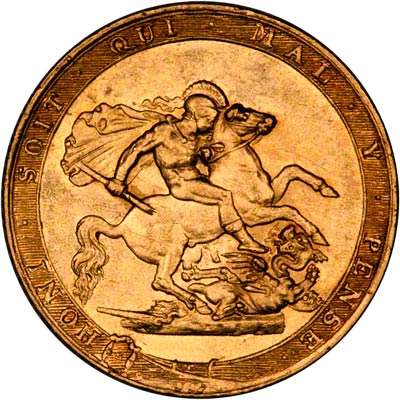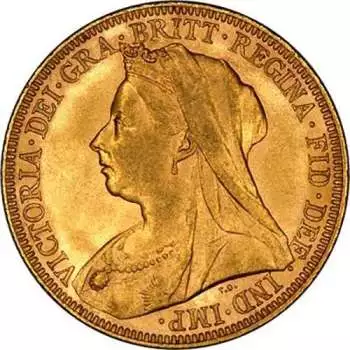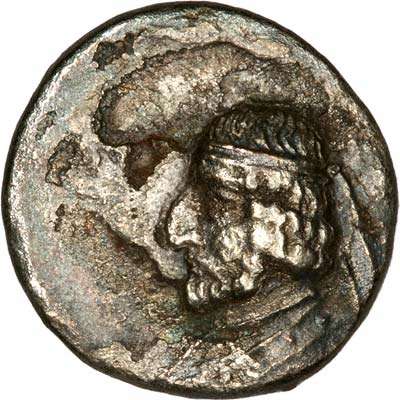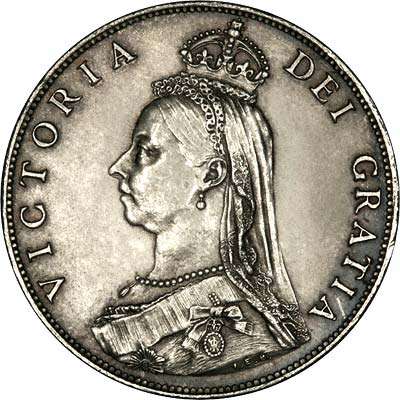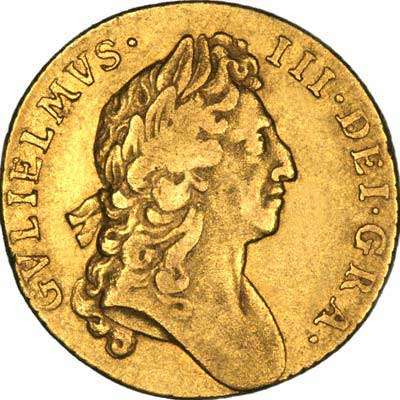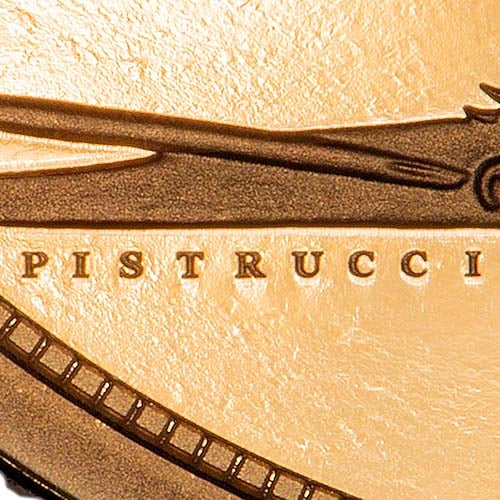Why Does an Old Coin Cost Less Than a New Coin?
Synopsis
FAQ answered frankly by Chard. It's not just coins! Marketing, supply & demand, simple economics, fashion, relevance, armchair collectors.
"I Always Thought Coin Prices Went Up!" - We hear this almost daily, together with "Why do old coins cost less than new ones?", and similar questions. We think a better way to phrase the question would be "Why do new coins cost more than old?" We sometimes feel like saying "don't ask, just buy our old coins!", but we usually just patiently repeat what we tell everyone. There are several reasons, some of which are obvious if you stop to think.
Marketing
We've seen many definitions of marketing, most of them boil down to making the maximum total profit. This involves artificially creating and stimulating demand, press releases and advertising, glossy leaflets, mail shots, expensive photographs, creative salesmanship, all aimed at getting more people to pay more money for the product. Does this sound cynical? High quality desirable products don't sell themselves, they do need to be advertised, otherwise nobody would buy them. A low quality product aggressively marketed will often outsell a high quality product with passive marketing. All new products cost money to market effectively, this money has to come from the purchaser.
New, Relevant, Fashionable
When an item is new, in the news, topical, or fashionable, it is easier to create and stimulate demand, so it is worth producers investing in advertising and marketing to increase demand. Later when the product is not new, or in fashion, there will be lower demand.
Profit
Mints and coin issuing authorities like to make a profit. They have costs and expenses, and many are expected to be run on businesslike lines. Producing special editions of coins for collectors costs more than churning out millions of ordinary coins for circulation. Most collectors demand high quality, it costs money to produce it.
High Quality
Proof coins, commemoratives, and selected specimens all cost extra ,effort, time and money to produce. This extra cost has to be found from somewhere.
Proof Coins
Proof coins are usually made from dies which have been sand-blasted so that the raised parts of the coin design show up more easily, then the raised parts of the dies are highly polished, to produce a mirror-like finish on the background of the coin. They are often struck on special machines, at lower speeds, and with greater care. The coin blanks are often polished before striking. The minted coins will be ejected onto a rubber conveyor belt rather than being allowed to fall into a trough or skip. They will be individually inspected and handled only with gloves. They will also be attractively packaged.
Packaging and Presentation
Most purchasers of new coins are happy to pay extra for well packaged and presented coins, this adds to the costs.
Promotional Budget
If you aim to sell one million of the latest coin set, you may well decide you can afford to spend £1 per set on design for packaging display and advertising. If you only have one single old coin to sell, you can't buy much advertising for £1!, and you probably can't afford much time to devote to marketing it, either. you probably have to rely on "attractive pricing" to help it to resell.
Supply and Demand
Once the special event has gone, and it may well be "the current year", demand will tend to reduce, if only because of the cessation of publicity and advertising. At the same time, supply of second-hand items to the market may increase, this creates downwards pressure on prices.
"Armchair Collectors"
It's easy to be lazy. To collect older coins demands more effort, effort to locate them, to learn about them, to decipher old lettering and inscriptions. New coins are easy to collect. You can just order from a coupon in a magazine or leaflet. Packaging tells you all about the coins, so you don't need to work so hard to learn about them.
There are more "armchair collectors" than "active collectors".
New or Second-Hand?
Strangely enough most people expect second-hand goods to be cheaper than new. So why expect old coins to be worth more than new?
Greed
Unfortunately, many "collectors" buy coins, and other artefacts because they believe that they will increase in price. This is why many coins and other collectables are sold as "limited editions." In our view, profit or investment is not the best reason to buy coins, or most other goods. If we can give some positive advice here, it is to buy what you like, for the pleasure it will give you to own, or if it's bought as a gift, to give. If you want an investment, try stocks and shares, but don't forget they can come down as well as go up! Another oft quoted investment is your own home, but a home costs money, requires financing and maintenance, and the prime reason for owning your home should be the convenience and pleasure you get from living in it.
Your Decision
Don't let us stop you from buying this year's coins. If you want them as a gift, perhaps for a christening or anniversary, then go ahead. At least having read this you will not be disappointed if the value does not increase. If however, you want better value, then it's usually possible to buy a 10, 100, or even 1000 year old coin for less money,or better value. Many people, when we explain, decide that the Royal Mint, or whoever, is "ripping people off". We would not go as far as to agree with this. Consumers are presented with a choice, it's their decision to buy, nobody had used force. Indeed, in 1999, for the first time, we decided that we would give our customers a choice. This year we have started to stock this year's British coins. The discounts we can obtain are minimal, so we stick rigidly to the official Royal Mint prices. We do however try to offer a choice. We would prefer to sell a 100 year old sovereign at about half the price of this years, we think it's got more history attached to it, and it's a better buy for our customers.
If you want to find the value of a coin you own, please take a look at our page I've Found An Old Coin, What's It Worth?
Related Blog Articles
This guide and its content is copyright of Chard (1964) Ltd - © Chard (1964) Ltd 2024. All rights reserved. Any redistribution or reproduction of part or all of the contents in any form is prohibited.
We are not financial advisers and we would always recommend that you consult with one prior to making any investment decision.
You can read more about copyright or our advice disclaimer on these links.

